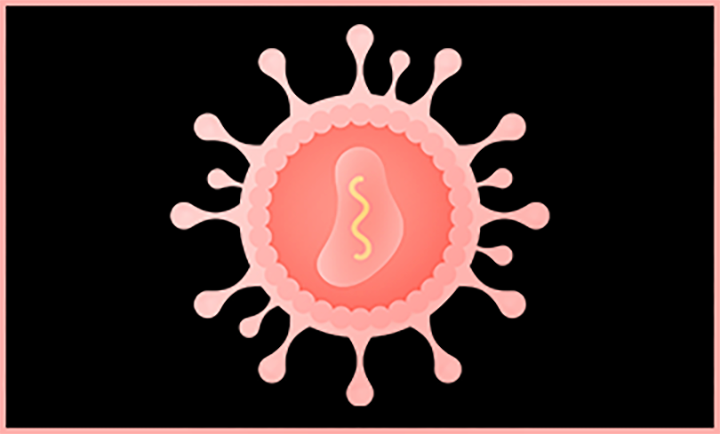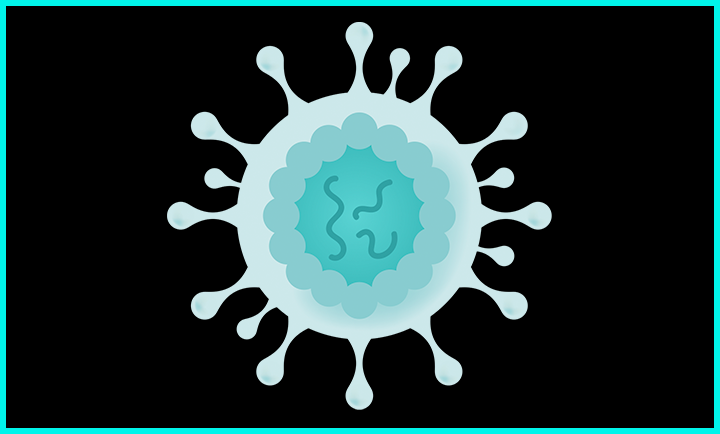Our Science
Understand our science in three minutes
Viral Vectors
Viral vectors are virus-based vehicles that are designed to deliver therapeutic genetic materials into cells of interest whilst engineered to reduce or eliminate any risks of infection. Viruses that are commonly used as vectors are derived from retroviruses, lentiviruses, adenoviruses, and adeno-associated viruses (AAV).

Retrovirus
The first viral vector developed for gene delivery was derived from the Moloney murine leukemia (MLV) γ-retrovirus. Gamma-retroviruses are capable of reverse transcribing their single stranded RNA genome into double stranded DNA, which is then stably integrated into dividing host cells. This integration results in long-term transgene expression. The γ-retroviral vector is widely used in ex vivo gene therapy applications (involving hematopoietic stem cell (HSC) and immune cell genetic engineering) for the treatment of genetic diseases and cancer.

Lentivirus
Lentiviruses are also part of the Retroviridae family and are structurally similar to γ-retroviruses. The main difference (and advantage) of lentiviruses is that they are able to transduce both dividing and non-dividing cells. To increase the safety of lentiviral vectors, the components necessary for virus production are split across multiple plasmids (3 for 2nd-generation systems, 4 for 3rd-generation systems). Third-generation, self-inactivating lentiviral vectors have recently been used in multiple clinical trials to introduce genes into hematopoietic stem cells. These vectors have also been used to introduce genes into mature T cells to generate immunity to cancer through the delivery of chimeric antigen receptors (CARs) or cloned T-cell receptors.
Retroviral and lentiviral vectors have significantly contributed to the success of gene, cell, and immune therapies, thanks to these advantageous features:

No significant immune response

Long-term gene expression via integrations into the host genome

Ability to transduce a broad range of cell types

Larger gene loading capacity than that of AAVs
The Unmet Need
Despite the advantages, challenges lie with using existing retroviral and lentiviral vectors.

Their strong propensity to integrate into host cell genome regions that regulate endogenous gene expression or act as genes themselves, increases the risk of transformation of engineered cells into cancerous ones.

They have limited gene delivery efficiency for certain cell types, thereby constraining the range of targetable diseases and driving up the production costs of therapeutics.
New vector platforms are needed to meet the safety and gene delivery efficiency requirements for the next generation of therapies.
